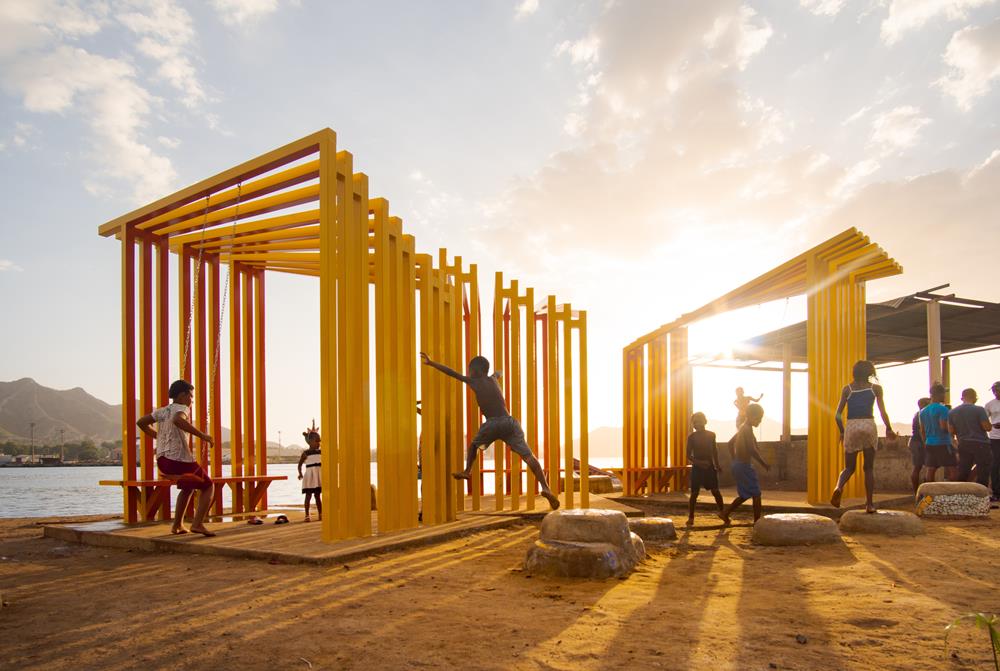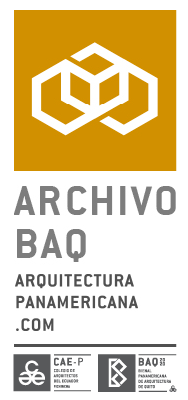Parque Coral de Volcadero

Premio de participación: Premio Hábitat Social y Sostenibilidad
Categoría de participación: Hábitat Social y Desarrollo
País de representación: Venezuela
Autores:
Arq. Milagros Zingoni
|
Arq. Oriana Venti
|
Arq. Sonia Garcia
|
Arq. Oriana Gil
Memoria
The town of Volcadero is a fishing community located 334.2km west of Caracas, known for its tourist and industrial port. Its community has a deep historical heritage and tradition, but anyone who would visit the place would not be aware that such identity exists because it is perceived by its surrounding communities as unsafe, dirty and disconnected. The spike in gasoil prices has impacted the community even more, leaving fishermen unemployed and unable to cover the costs to sail at sea. But this is a problem that extends throughout Venezuela’s population, where more than 75% of its residents live under poverty levels, and as a result the sense of belonging, hope, and agency to improve ones’ lives is minimum.
Proyecto Volcadero is a binational collaboration to leverage design education through participatory design processes using design as a tool to develop agency. Proyecto Volcadero outcomes are tangible and intangible: Parque Coral Volcadero is the praxis of the synthesis of research, an applied pedagogy through design-build, that transformed everyone involved.
The project:
Inspired by the data collected over five months, the architectural proposal responds to the cultural values of the intertwining form of the local indigenous community, the Kariñas, the local identity of the fishing community who come together to collect the fishing nets from the water and the movement of women’s skirts during the traditional dances that fill the streets of the local community. These metaphors take shape through a system of three pavilions located on a plot of 1900 sq. ft. These pavilions are based on the movement of each individual porticoes which together compose a rhythm that is reflected in the shadow generated by the pavilions as a whole that decrease and increase in height, creating a visual effect that is complemented by the play of colors.
The design responds to the urgent needs of the community as it stands out for its simplicity, making an allegory that each of the elements form the whole; the elements by themselves do not define much but together they propose a strong space with identity: just as each letter by itself does not do much but associated with other letters forms words, sentences, paragraphs, chapters and books. In this way, the architectural intervention and the landscape coexist from the recovery of the space in an efficient and sustainable way, referring to the value of union and identity. This is reflected in the construction processes of the benches. These are made with reusable materials using a technique taught by the American NGO Everlasting Marks® , this included old rubber, compacted sand, and covered with broken ceramic tiles that were destined to be discarded before this project. This technique was also used in an artistic mural on the wall adjacent to the lot.
Parque Coral Volcadero is the first public space in the area and the first social transformational experience that has shifted the paradigm of architecture and architecture education, placing the public good at the core of every decision.
